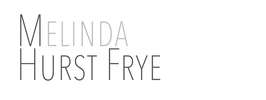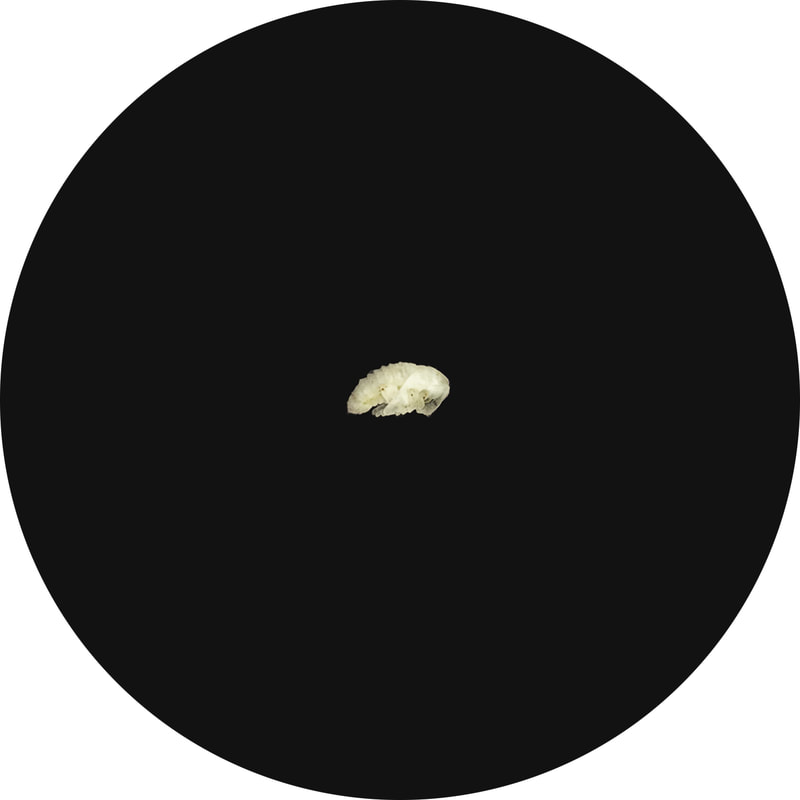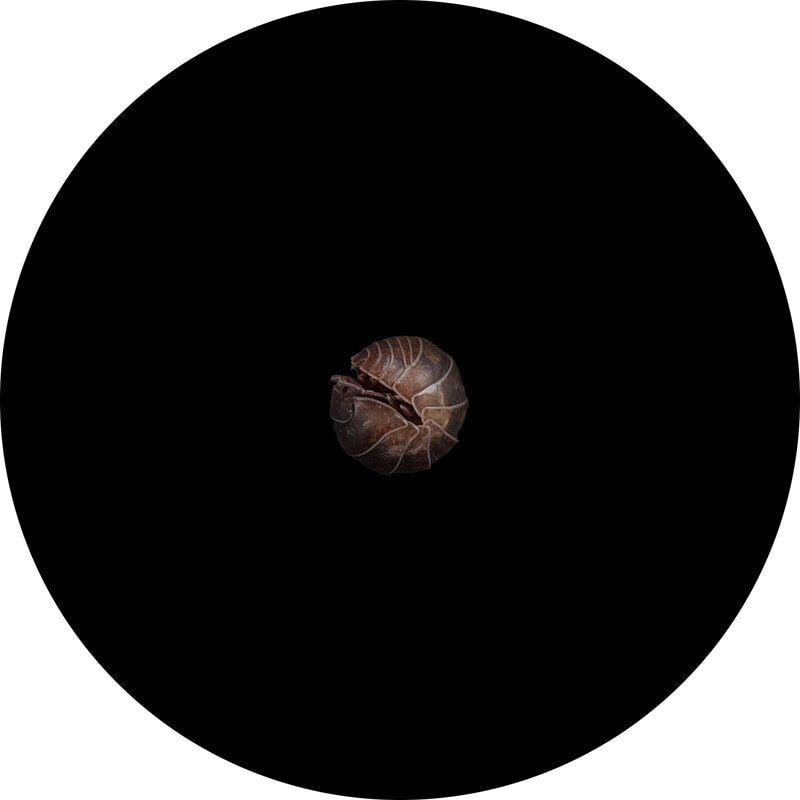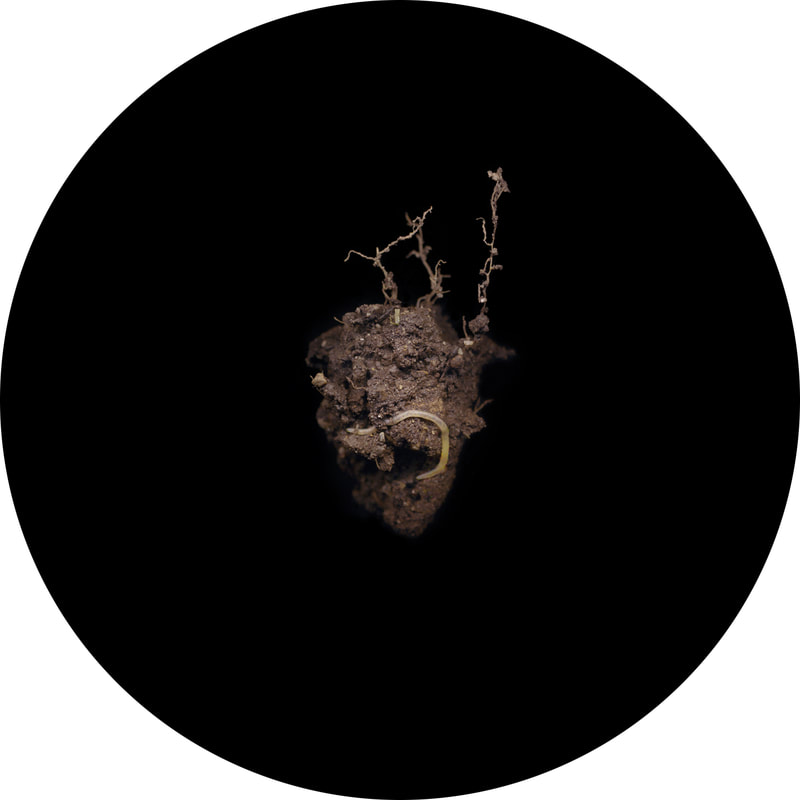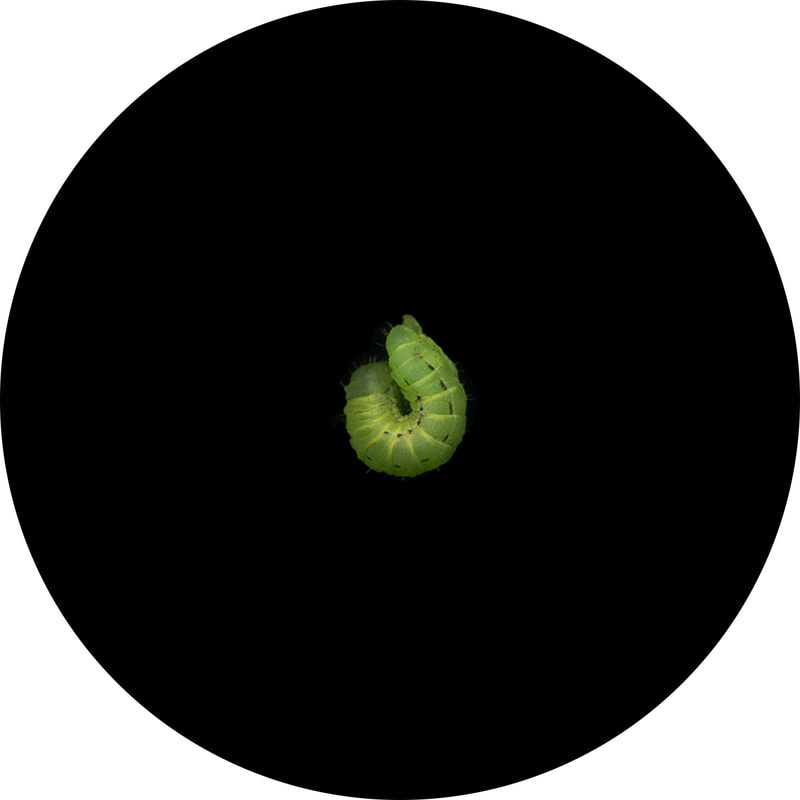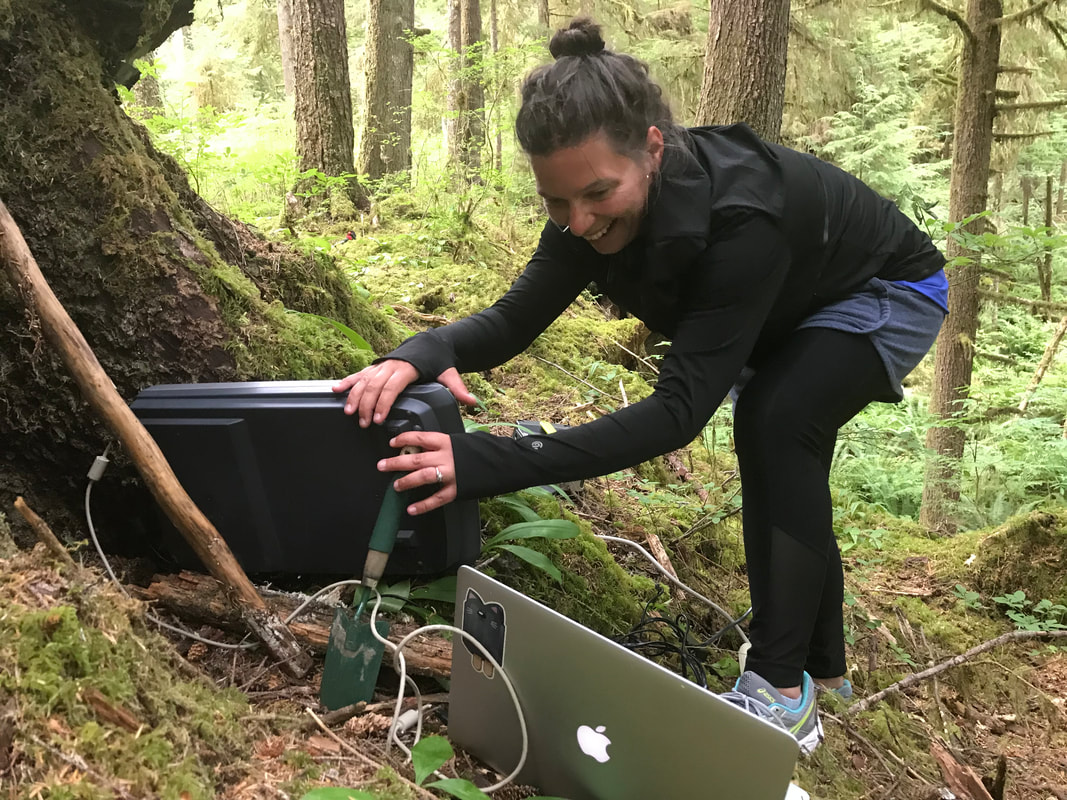Analogous to scenes from a natural history museum, flora and fauna take center stage to illustrate that we are always tied to migration, evolution, and metamorphosis. The found fungal characters and laborers of the forest floor provide evidence of the soil’s slow churning efforts that take the forest apart, so it may become again. The surface is not a border, but an entrance to habitats, systems, and regeneration.
Using a flatbed scanner as a camera, Melinda Hurst Frye seeks to witness the defining ecology of the understory in the Pacific Northwest through found moments in the field. Gripped by the detail that the scanner reveals, while its pace quiets the artist’s frenzied mind, Hurst Frye allows space to observe the soil, the insects, and foliage, and connect with the living surroundings.
With the goal of making work that provides visual evidence of ecological relationships and the cycles of the forest floor, Hurst Frye brings the activity of Cascadia’s understory to the viewer. The work is to act as a bridge between art and biological science, and inspire interest in, and stewardship for, the ecology of the forest floor.
Using a flatbed scanner as a camera, Melinda Hurst Frye seeks to witness the defining ecology of the understory in the Pacific Northwest through found moments in the field. Gripped by the detail that the scanner reveals, while its pace quiets the artist’s frenzied mind, Hurst Frye allows space to observe the soil, the insects, and foliage, and connect with the living surroundings.
With the goal of making work that provides visual evidence of ecological relationships and the cycles of the forest floor, Hurst Frye brings the activity of Cascadia’s understory to the viewer. The work is to act as a bridge between art and biological science, and inspire interest in, and stewardship for, the ecology of the forest floor.
|
Melinda Hurst Frye photographically celebrates the ecology of the Pacific Northwest region, with the goals of providing visual evidence of the cycles of the forest floor, bearing witness to the understory, and bridging the poetry of art with biological sciences. To intentionally slow down her own seeing, Hurst Frye often works with a flatbed scanner as a camera which also allows for space and time to connect with the ecology of her surroundings. Similar to an amateur biologist, Hurst Frye shares her discoveries through observation and image-making.
Hurst Frye’s work has been featured in publications for both art and science, exhibitions, Microsoft Art Collection, King County Portable Works Collection, and other institutional collections. Hurst Frye holds an MFA from the Savannah College of Art and Design (Savannah, GA), and a BFA from the Pacific Northwest College of Art (Portland, OR). Melinda Hurst Frye lives with her family adjacent to an urban forest in Kenmore, Washington, and is represented by J. Rinehart Gallery in Seattle, Washington. Work featured by Charley Locke on Wired Photo, Mother FStop, Blend Images, RealClearLife, Lenscratch and Lensculture Interview on process and concept by Jon Feinstein for Humble Arts Foundation |
Subscribe for Occasional updates on projects, exhibition information & a preview of new work |
|
